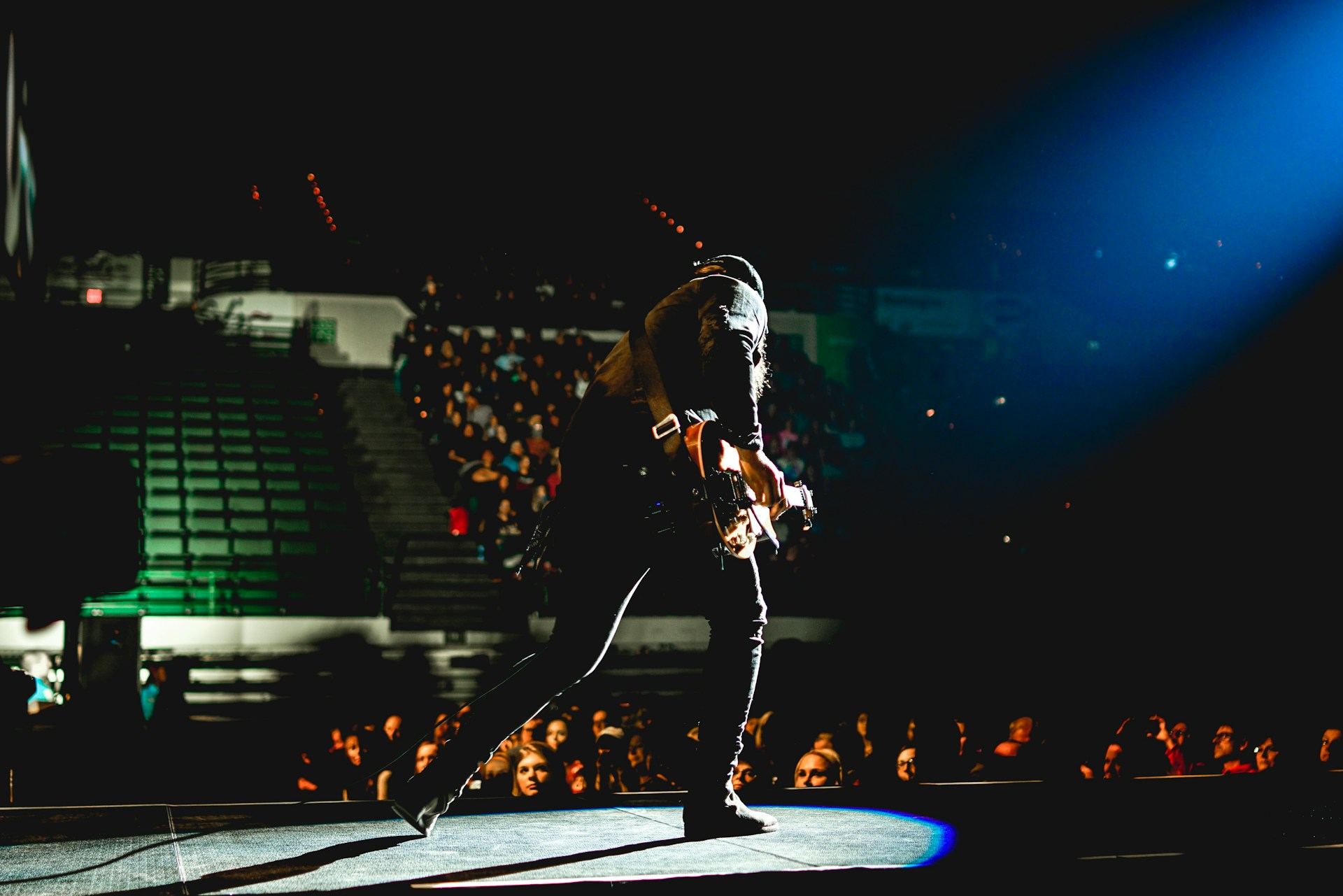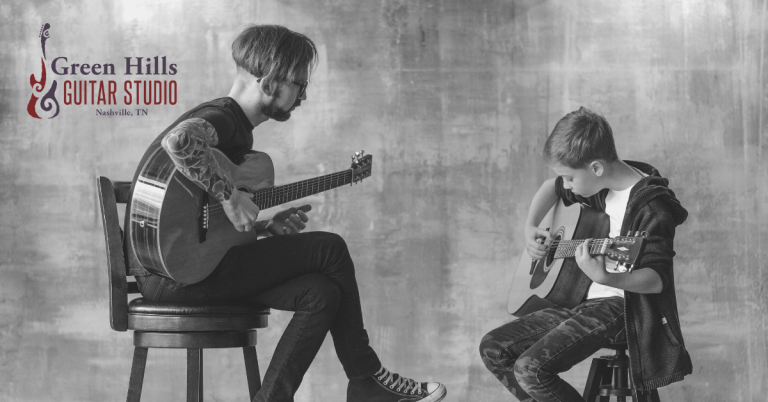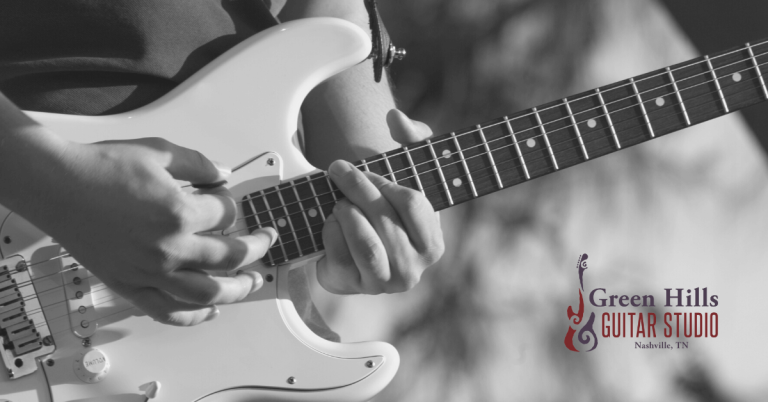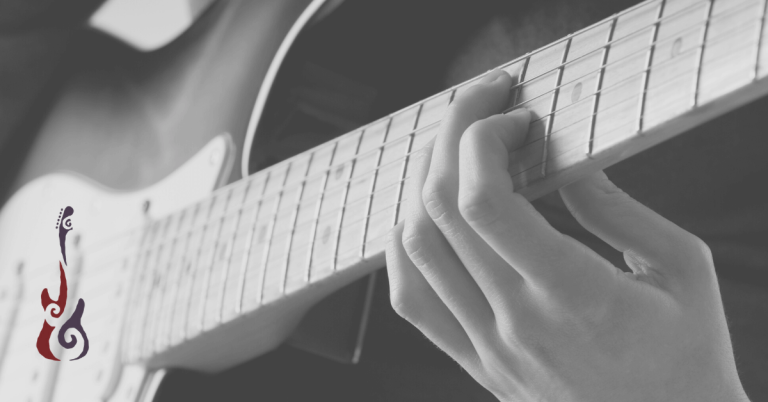How to Build a Guitar Solo: Phrasing, Dynamics, and Note Choice
A guitar solo is not merely a series of fast notes strung together to impress an audience. It is a conversation, a speech, a seduction of the ear. The great soloists—B.B. King, Eddie Van Halen, Sister Rosetta Tharpe, Bonnie Raitt, Prince, and Wes Montgomery—understood this truth. They knew that a well-placed bend, a moment of silence, or a shift in dynamics could speak louder than a thousand meaningless flurries of notes.
The difference between an unforgettable solo and a forgettable one comes down to phrasing, dynamics, and note choice—three pillars that have shaped the greatest moments in guitar history. Master these elements, and you will not only play better solos but command the attention of anyone listening.
Phrasing: The Way You Speak Through the Guitar
A solo without phrasing is like a sentence without punctuation—flat, monotonous, and lifeless. The greatest soloists don’t just play notes; they shape them into musical sentences, letting their instruments breathe, pause, and emphasize certain moments.
Think of B.B. King, who could say more with three well-placed notes than others could with an entire flurry of scales. Or Bonnie Raitt, whose slides and bends mimic the longing in her voice.
Phrasing is about how you say something, not just what you say. The goal is to make your guitar sing, using space, rhythm, and articulation to create meaning in your solos.
1. Play Like You Sing
One of the most profound truths about phrasing is that the best solos often mirror the human voice. Listen to B.B. King. His solos are like sentences—short, deliberate, and full of emotion. He rarely floods the fretboard with notes, yet every phrase he plays is deeply expressive.
Practice:
- Sing a simple melody or phrase over a backing track. Then, try to replicate it on your guitar.
- Experiment with pauses between notes to create space—this is where the tension and release live.
2. Call and Response
A trick used by great improvisers like Muddy Waters and Chuck Berry is call and response—a technique borrowed from gospel and early blues. You play one phrase (the “call”), then answer it with another variation (the “response”).
Practice:
- Play a short phrase on the lower strings, then answer it an octave higher with slight variation.
- Change the rhythm of the response phrase to make it more engaging.
3. Use Silence as a Weapon
Many guitarists are afraid of space. They cram too many notes into a solo, fearing that silence will make them sound weak. In reality, silence is power. Miles Davis famously said, “It’s not the notes you play; it’s the notes you don’t play.”
Practice:
- Play a solo but force yourself to leave space after every phrase.
- Listen to David Gilmour’s solos in Comfortably Numb—his pauses are just as powerful as his notes.
Dynamics: Controlling Emotion Through Volume and Attack
Most guitarists overlook dynamics, but this is where true emotional power lives. A solo played at one constant volume and intensity quickly becomes predictable and dull. Instead, think of your playing as a conversation—there are moments to whisper, moments to build suspense, and moments to shout.
Prince’s solo on “Purple Rain” starts with restrained, delicate notes before exploding into an impassioned climax. Jeff Beck, a master of touch sensitivity, could make a note cry, whisper, or scream simply by adjusting his pick attack and volume control.
By mastering dynamics, you take the listener on a journey, making them feel every note in a solo.
1. The Whisper and the Scream
A great solo is not one-dimensional. If every note is played at the same intensity, it becomes lifeless. The masters of soloing—Prince, Jeff Beck, Derek Trucks—use dynamics to create tension and release.
Practice:
- Start your solo with soft, delicate notes (think of Bonnie Raitt’s slide guitar work).
- Gradually increase intensity, using heavier picking, different picking techniques, bends, and vibrato.
- End with a whisper or a scream—either a high note held dramatically or a soft fade-out.
2. Pick Attack Matters
The way you hit the string changes everything. Compare Wes Montgomery’s thumb-picked, warm jazz lines with Stevie Ray Vaughan’s aggressive attack. Both have mastered dynamics, but their techniques create vastly different effects.
Practice:
- Play a single note at three different intensities—soft, medium, and hard.
- Use this approach within a solo to emphasize important phrases.
3. Volume Swells and Sustain
Eric Johnson and Steve Vai use volume swells to create violin-like effects, adding a sense of mystery to their solos. Sustain, on the other hand, gives weight to your notes—Carlos Santana’s soaring leads are a masterclass in sustain.
Practice:
- Try rolling your volume knob as you pick a note for a swelling effect.
- Hold notes longer, experimenting with sustain and vibrato.
Note Choice: Targeting the Right Notes for Maximum Impact
There is a difference between mindless noodling and intentional note choice. Guitarists who play aimlessly through scales, whether it’s the pentatonic scale or the modes of the major scale, often sound robotic, their solos lacking direction. The true masters understand that the best solos target specific chord tones, using harmony to guide their melodies.
Django Reinhardt, though largely self-taught, had an instinct for landing on the perfect note at the perfect time. John Mayer’s “Slow Dancing in a Burning Room” isn’t complex, yet every note feels deliberate and emotionally weighted.
To build memorable solos, you must understand which notes create tension and which ones resolve it—using them strategically to shape your sound.
1. Target Chord Tones for a Stronger Solo
Playing random scales over a chord progression is like throwing darts in the dark. The best soloists, from T-Bone Walker to Pat Metheny, aim for chord tones—the root, third, fifth, and seventh of the underlying chord.
Practice:
- Over a C major chord, the best target notes are C (root), E (third), G (fifth), and B (seventh).
- Listen to Grant Green’s jazz phrasing—his solos sound smooth because he lands on chord tones.
2. Tension and Release: The Blues Secret
The most expressive solos use tension and release. Blues guitarists like Buddy Guy and Susan Tedeschi create tension by bending a note slightly out of tune before resolving it into the correct pitch.
Practice:
- Play a note one half-step below a chord tone, then slide or bend up to it.
- Over a blues progression, try holding a tension-filled note before resolving it.
3. Modal Playing for Expanding Your Sound
Scales aren’t just patterns; they are moods. Jimi Hendrix used Dorian mode to create the mystical sound of Purple Haze. John Frusciante’s solos in Red Hot Chili Peppers songs lean on Mixolydian for a funkier feel.
Practice:
Over an A minor progression, use A Dorian (A-B-C-D-E-F#-G) for a bluesy, soulful touch.
For a rock sound, try A Mixolydian (A-B-C#-D-E-F#-G).
Suggested Listening: Guitar Solos That Define Expression
To truly understand phrasing, dynamics, and note choice, listen to these iconic solos from diverse genres. Each showcases a masterful command of expression, proving that a great solo isn’t just about speed—it’s about emotion, storytelling, and control.
- B.B. King – “The Thrill Is Gone” (Blues): A perfect example of vocal-like phrasing. King leaves space between notes, letting the emotion breathe.
- David Gilmour – “Comfortably Numb” (Pink Floyd) (Progressive Rock): A masterclass in long, bending notes and phrasing that tells a story. Every note has intent and weight.
- Bonnie Raitt – “I Can’t Make You Love Me” (Blues/Singer-Songwriter): Subtle, soulful bends and vibrato—Raitt’s phrasing is delicate yet deeply expressive.
- Tom Morello – Rage Against the Machine – “Killing in the Name” (Alternative/Metal/Funk-Rock): More than just aggression—Tom Morello’s use of effects pedals, noise, space, and intensity turns this into a battle cry.
- Jeff Beck – “Cause We’ve Ended as Lovers” (Fusion/Jazz-Rock): A masterclass in touch sensitivity, where Beck bends and manipulates notes with incredible nuance.
- Radiohead – “Paranoid Android” (Alternative Rock): This solo shifts between clean, eerie phrasing and explosive, distorted chaos, making full use of dynamics.
- Django Reinhardt – “Minor Swing” (Gypsy Jazz): Reinhardt’s solos land perfectly on chord tones, making them harmonically rich and effortlessly smooth.
- John Mayer – “Slow Dancing in a Burning Room” (Blues-Pop): Mayer targets chord tones with deep bends and sustain, making his playing feel vocal and fluid.
- Grant Green – “So What” (Jazz): A lesson in landing on the right note at the right time, Green’s solos feel melodic and effortless.
- Jimi Hendrix – “Little Wing” (Blues/Rock): A mix of chord embellishments, bends, and fluid phrasing, creating a floating, dreamlike solo.
- Sister Rosetta Tharpe – “Didn’t It Rain” (Gospel/Blues): A pioneering soloist, Tharpe’s playing is full of bold attacks, fast runs, and vocal-like vibrato.
- Julian Lage – “Nocturne” (Contemporary Jazz/Folk): Lage balances technical brilliance with effortless phrasing, making every note feel alive.
How to Use This List
- Listen actively: Pay attention to how each player uses phrasing, dynamics, and note choice.
- Imitate, then innovate: Try playing sections of these solos and then add your own voice.
- Apply techniques: Take what you hear and experiment with your own solos.
Great guitarists don’t just play—they tell stories with their solos. Now it’s your turn.
The Coda: The Path to Expressive Guitar Playing
The difference between an average soloist and a master lies in these details—phrasing, dynamics, and note choice. The greats have spent years perfecting these techniques, but you don’t have to do it alone.
At Green Hills Guitar Studio, we specialize in helping players develop expressive, musical solos that stand out. Whether you’re in Nashville, TN, or anywhere in the world, we can help you craft solos that sound like your own voice. Book your first lesson today!






